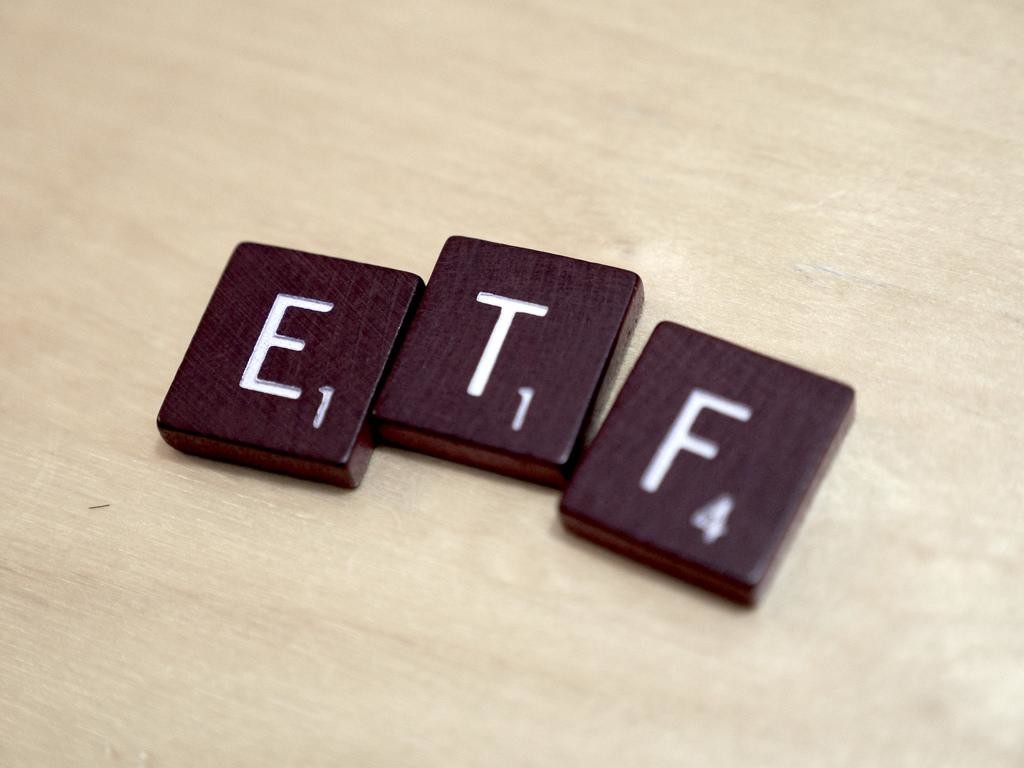
If you want to start investing in the financial markets but are concerned that you aren’t knowledgeable enough about the markets and you think it might be better to pay a professional to handle your investments. Then let me assure you that you can make smart investments without needing to be a professional trader. You can do so by building a diversified investment portfolio using low-cost index tracker ETFs.
What are ETFs?
ETF stands for exchange-traded fund. ETFs are similar to mutual funds in that investor’s money is pooled together to purchase a set of securities on behalf of investors, so that they own a diversified portfolio of securities when purchasing the ETF. Having said that, ETFs generally carry lower costs than mutual funds, as they are passively managed funds that usually track an index, such as the S&P500 or the MSCI Global Total Bond Index. Furthermore, ETFs are traded on exchanges and can be bought and sold as easily as stocks. This makes ETFs liquid financial security, which means that you can easily liquidate your holdings should you want to invest in a different financial product or asset class.
Types of ETFs You Can Invest In
The ETF market has grown substantially over the last 10 years and you are currently able to invest in pretty much any asset class or underlying security imaginable using ETFs.
Popular ETFs are stock market index tracker ETFs that have a national stock index as an underlying, such as an FTSE100 ETF, if you want to invest in the UK stock market or a DAX30 ETF, if you want exposure to German equities, for example. While Bond ETFs such as High Yield Corporate Bond ETFs, European Emerging Markets Sovereign Bond ETFs, and Short-Term US Treasuries ETFs are examples of investment vehicles in the increasingly popular fixed income ETF space.
Alternatively, you could also invest in gold ETFs, if you want exposure to gold. If you have a look at the recent gold price changes, you will see that gold has rallied over 14% since the start of the year and has once again become a popular asset class, especially during difficult market conditions, as gold is seen as a safe-haven asset. Some ETFs allow investors to gain exposure to all sorts of other commodities, real estate, and loan portfolios.

Why ETFs are better than Mutual Funds
ETFs are a better investment tool than mutual funds for two main reasons. Firstly, ETFs generally carry substantially lower fees than actively managed mutual funds, as they are based on buy and hold strategies and, hence, incur less fund management costs. And secondly, research has shown that the majority of actively managed mutual funds don’t outperform their benchmark index. Therefore, you are better off investing in an index tracker ETF instead, as you will generate better returns and incur lower fees.
How To Build Your ETF Portfolio
Now that you know what asset classes you can gain exposure to using ETFs, it’s time for you to decide how risky you want your portfolio to be, how much you want to invest, and what you want to invest in. If you are starting with a relatively small amount of money like USD 3,000-USD 5,000 it is best to only invest in 3 or 4 ETFs to minimize trading costs (which eat into your profits).
A good example of a well-diversified ETF-based portfolio, with a medium risk level, would be to invest 50% in a US Stock ETF, 30% in a Global Corporate Bond ETF, 10% in a US Treasuries ETF, and another 10% in a gold ETF. On the other hand, if you would prefer a very risky portfolio, you could put 50% in a US Stock ETF, 20% in an Emerging Markets Bond ETF, 20% in a High Yield Corporate Bond ETF, and 10% in a US Treasuries ETF.
In terms of asset classes, you can invest in using ETFs the riskiness level, in order of riskiest to safest is as follows: High Yield Corporate Bond ETFs, Emerging Markets ETFs, Developed Markets Stock ETFs, Commodity ETFs, High-Grade Corporate Bond ETFs, and Government Bond ETFs. The more portfolio weighting you put towards riskier ETFs, the more return you will generate, but, also, the more volatility you will see in the value of your investment portfolio.

Leave a Reply